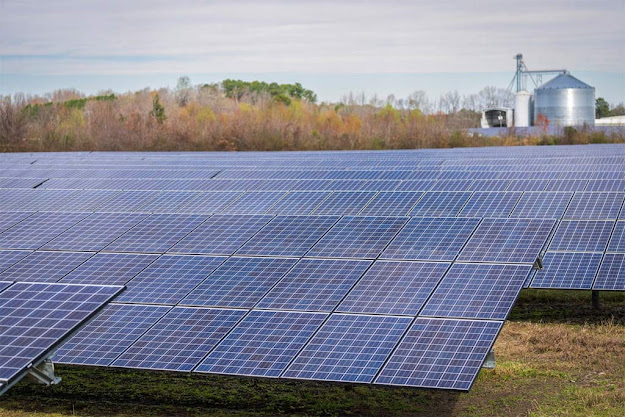Guide To Renewable Energy Sources
In the contemporary era, the transition towards renewable energy sources has become paramount due to escalating environmental concerns, the imperative need to mitigate climate change, and the global aspiration to achieve sustainable development.
Photo by Pexels
Renewable energy sources, distinguished by their ability to replenish naturally on a human timescale, offer a cleaner, more sustainable alternative to fossil fuels.
Solar Energy
Mechanism: Solar energy harnesses the sun's power through photovoltaic (PV) cells or solar thermal systems. PV cells convert sunlight directly into electricity, whereas solar thermal systems use sunlight to heat water or other fluids, which can then be used to produce steam and generate electricity.
Benefits: It is abundant, sustainable, and emits no greenhouse gases during electricity generation. Solar installations can range from small-scale rooftop panels to large solar farms, making it versatile for various applications.
Challenges: Solar energy production is intermittent, depending on the time of day and weather conditions. It requires significant upfront investment, and the efficiency of solar panels can be influenced by geographical location.
Wind Energy
Mechanism: Wind energy converts kinetic energy from the wind into mechanical power or electricity using wind turbines. These turbines consist of blades that rotate when wind flows over them, driving a generator to produce electricity.
Benefits: Wind energy is one of the most efficient renewable resources, capable of generating large amounts of electricity. It's clean, cost-effective over its lifecycle, and the land beneath wind farms can still be used for agriculture.
Challenges: Similar to solar energy, wind energy can be variable based on location and weather. It also faces opposition due to noise concerns, visual impacts, and potential effects on wildlife.
Hydroelectric Energy
Mechanism: Hydroelectric power generates electricity by using flowing or falling water to spin a turbine connected to a generator. It can be categorized into three types: run-of-river, reservoir-based, and pumped storage.
Benefits: It's a mature and reliable source of renewable energy, capable of adjusting to fluctuations in electricity demand quickly. Hydroelectricity produces no direct waste and has a relatively low cost of electricity production.
Challenges: The construction of large dams can have significant environmental impacts, including habitat destruction and changes to local hydrology. It also involves high upfront costs and potential displacement of local communities.
Biomass Energy
Mechanism: Biomass energy is derived from organic materials such as plants, wood, and waste. These materials can be burned directly for heat or converted into biofuels like ethanol and biodiesel, which can then be used to generate electricity.
Benefits: Biomass is a versatile energy source that can provide a reliable supply of electricity. It can help reduce waste by converting agricultural, industrial, and domestic waste into energy.
Challenges: Burning biomass releases carbon dioxide, although the plants grown as biomass absorb CO2 from the atmosphere, which can offset these emissions. However, there are concerns about air quality, deforestation, and competition with food production.
Biomass energy pros and cons are well known, allowing the planners to create ways of using biomass energy without releasing extra CO2 in atmosphere and improving air quality, preventing deforestation, etc.
Geothermal Energy
Mechanism: Geothermal energy exploits the heat from the Earth's core to generate electricity. It involves drilling wells into geothermal reservoirs to access steam and hot water, which can then drive turbines connected to generators.
Benefits: Geothermal energy is a stable and reliable energy source with a small land footprint. It emits significantly fewer greenhouse gases compared to fossil fuels and can provide both heating and cooling solutions.
Challenges: Geothermal energy development is limited to areas with significant geothermal activity. The initial costs are high due to the drilling and exploration required, and there is a potential risk of triggering earthquakes.
Final Thoughts
The transition to renewable energy sources is crucial for reducing our carbon footprint, combating climate change, and promoting sustainable development.
While each renewable energy source has its unique benefits and challenges, the collective implementation of these technologies can significantly contribute to a sustainable and secure energy future.
Continued innovation, investment, and supportive policies are essential to overcoming the challenges and realizing the full potential of renewable energy.



